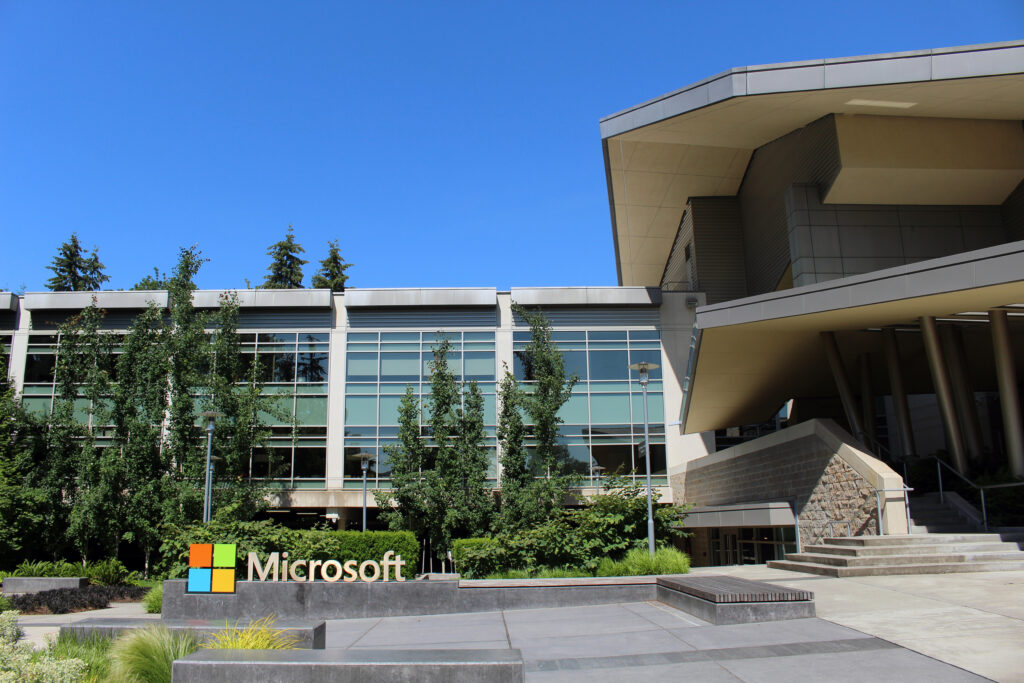
A few days ago, Microsoft disclosed that its internal network fell victim to a breach by Russian state-sponsored hackers. The intrusion, which lasted from late November 2023 to January 13, 2024, targeted senior leadership, legal, and cybersecurity teams within the company.
Microsoft identified Midnight Blizzard, a cyber unit within Russia’s Foreign Intelligence Service (SVR), as the threat actor responsible for the attack. The hackers gained initial access through a password spray attack on a non-production test tenant account, eventually pivoting to the corporate email accounts system. During the breach, the threat actor sought information about what Microsoft knew of Midnight Blizzard’s activities.
The breach has resulted in widespread criticism of Microsoft for several reasons. First, the company disclosed the incident on a Friday night, a move seen by many as an attempt to minimize media coverage. Second, the breach occurred shortly after Microsoft’s announcement of its Secure Future Initiative, a plan aimed at enhancing the security of its products. This timing has drawn skepticism and raised questions about the effectiveness of Microsoft’s security measures.
Furthermore, this breach follows another state-sponsored hack, attributed to China’s Storm-0558, just four months prior, where access to Microsoft’s internal network was also compromised. The fact that Microsoft, a proponent of Multi-Factor Authentication (MFA), had one of its test accounts breached through a password spray has raised eyebrows and highlighted potential flaws in its own security practices.
While the immediate impact on everyday Microsoft users may be limited, the breach has dealt a significant blow to the company’s reputation in the cybersecurity market. The incident showcases a pattern of state-sponsored cyberattacks compromising Microsoft’s internal systems, leading to concerns about the company’s ability to safeguard critical information.
The incident has prompted discussions about the extensive dependency of the U.S. government on Microsoft infrastructure. As the company faces repeated breaches by intelligence services, questions arise about the sustainability of this reliance. The cybersecurity industry is left pondering at what point the U.S. government will re-evaluate its extensive dependence on Microsoft, especially given the recent breaches and the potential risks associated with such a dependency.
Microsoft’s encounter with Russian state-sponsored hackers marks a significant cybersecurity setback, adding to concerns about the company’s ability to protect its internal systems. The incident serves as a stark reminder of the evolving threat landscape and the need for continuous vigilance in the face of sophisticated cyber adversaries. As the industry reflects on the aftermath of this breach, it raises pertinent questions about the future of Microsoft’s role in securing critical infrastructure and the broader implications for cybersecurity in the digital age.
Who’s protecting your organization from hackers?
